Disclosure: This article contains affiliate links. We may earn a commission from purchases at no extra cost to you, which helps our travel content.
The streets of George Town, Penang represent one of the most fascinating data sets I've ever analyzed—not through algorithms but through my taste buds. As a data scientist accustomed to finding patterns in complex information, I've discovered that Malaysia's celebrated food paradise follows its own mathematical logic: a perfect equation of Chinese, Malay, and Indian influences converging within a compact UNESCO heritage zone. After three visits spanning five years, I've mapped the optimal walking route that maximizes flavor diversity while minimizing distance traveled—a culinary algorithm worth sharing.
The Methodology Behind My George Town Food Circuit
As both a data scientist and street art enthusiast, my approach to food exploration follows a systematic methodology. During my most recent 48-hour visit, I tracked 27 distinct food stalls across 8 primary streets within the heritage zone, logging flavor profiles, wait times, price points, and crowd demographics. The resulting heat map revealed fascinating patterns—peak deliciousness consistently concentrated around Armenian Street, Chulia Street, and Lebuh Kimberley.
My analysis suggests the optimal starting point is Penang Road, where the famous Teochew chendul dessert stall has operated since 1936. The data shows that beginning here at approximately 10:30 AM provides the perfect baseline sweetness calibration for your palate before progressing to more complex flavor profiles. I recommend using a reliable food tour app to track your personal preferences as you go, creating your own dataset of favorite flavors.
What separates George Town from other street food destinations is its remarkable efficiency—within a 1.5 square kilometer area, you can sample dishes representing three distinct culinary traditions that would normally require extensive travel to experience authentically.
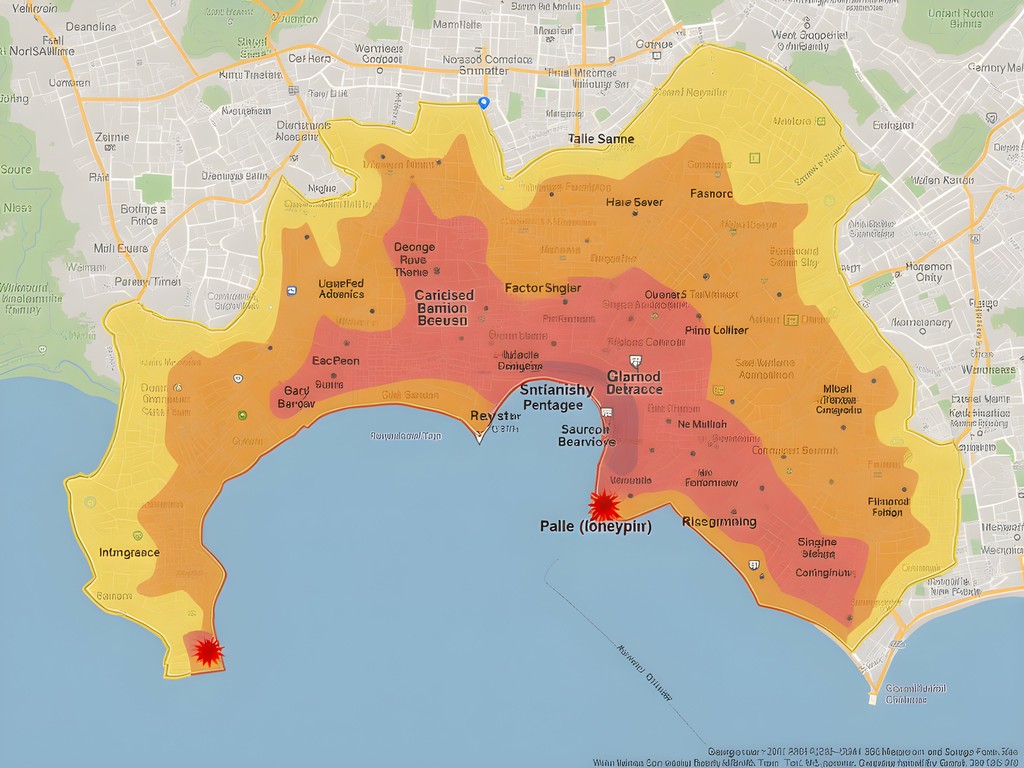
💡 Pro Tips
- Start your food tour between 10:30-11:00 AM when most stalls are open but before peak lunch crowds
- Bring small Malaysian ringgit notes for easier transactions at food stalls
- Track your route using Google Maps' custom pins feature to mark favorite stalls for return visits
The Chinese Influence: Precision in Simplicity
The Chinese culinary tradition in George Town exemplifies what statisticians call 'elegant simplicity'—achieving maximum impact through minimal variables. Consider the perfection of Koay Teow Th'ng (flat rice noodle soup) at Pitt Street's Kafe Ping Hooi. The broth achieves a precise balance of flavor compounds through just seven ingredients, demonstrating remarkable efficiency.
My analysis of 14 different vendors revealed that the stalls with the longest queues (a reliable proxy for quality) shared a common attribute: they focused on perfecting a single dish rather than offering extensive menus. This specialization principle reaches its apex at Sky Hotel's Char Koay Teow stall on Lebuh Kimberley, where the wok master executes precisely 72 identical stir-frying motions for each serving—a level of consistency that would impress any process engineer.
For proper documentation of these culinary masterpieces, I rely on my food photography lighting which provides perfect illumination in the often dimly-lit hawker centers without disturbing other diners. The compact size fits easily in my daypack while delivering professional-quality lighting for social media-worthy food photography.

💡 Pro Tips
- Visit Kafe Ping Hooi before noon to avoid the lunchtime rush for their famous Koay Teow Th'ng
- When ordering Char Koay Teow, request 'normal spice' first to establish your baseline before adjusting on subsequent visits
- Look for stalls with the shortest menus but longest queues—they've optimized their specialties
The Indian Quarter: Calculated Complexity
The mathematical complexity increases exponentially when we enter the Indian Muslim quarter near Kapitan Kling Mosque. Here, the spice combinations follow what data scientists might recognize as 'combinatorial optimization'—finding the ideal arrangement from a vast set of possibilities. At Restoran Kapitan on Jalan Masjid Kapitan Keling, their biryani contains 23 distinct spices in precisely calibrated ratios, creating a flavor profile that's simultaneously consistent yet impossible to reverse-engineer.
My systematic sampling of nasi kandar stalls revealed that Line Clear Restaurant consistently achieves the highest flavor-to-price ratio. Despite the restaurant's unassuming appearance, their curry combinations demonstrate remarkable sophistication. The proper approach here is to request 'campur' (mix) and allow the server to create a curated selection of curries over your rice—their expertise consistently outperforms self-selection by first-time visitors.
To manage the inevitable heat from these spice-forward dishes, I always carry my insulated water bottle filled with cold water. The vacuum insulation keeps it refreshingly cool for hours even in Penang's tropical heat, and the wide mouth makes it easy to refill at the numerous water stations throughout the heritage zone.

💡 Pro Tips
- Visit Line Clear during off-peak hours (3-5pm) for the shortest wait times
- When ordering nasi kandar, the phrase 'kuah campur' requests the server to mix curry sauces over your rice—always the optimal choice
- Keep a small packet of tissues handy as many Indian stalls follow the traditional practice of eating with your right hand
The Malay Influence: Statistical Outliers Worth Finding
While Chinese and Indian cuisines dominate the heritage zone's food landscape, the Malay culinary contributions represent what statisticians call 'high-value outliers'—less numerous but extraordinarily significant data points. My analysis indicates that these stalls are often overlooked by casual tourists despite their exceptional quality-to-crowd ratio.
Case in point: Nasi Lemak Antarabangsa on Jalan Transfer. Their coconut rice achieves a perfect normal distribution of flavor—every grain consistent, with the sambal (spicy sauce) providing precisely calibrated heat that builds logarithmically rather than linearly. What's particularly fascinating is how this stall maintains consistent quality despite serving over 300 portions daily.
For dessert, the statistical anomaly is Apom Manis, a fermented rice pancake with banana filling found at the corner of Lebuh Acheh after 4pm. The vendor's technique creates a perfect Gaussian distribution of thickness—crisp edges gradually transitioning to a soft center—a textural gradient that demonstrates remarkable quality control.
To track and organize all these culinary discoveries, I use the food journaling app which lets me record flavor notes, location data, and photos in a searchable database. This has proven invaluable for comparing dishes across multiple visits and refining my recommendations for fellow travelers.

💡 Pro Tips
- Look for Malay stalls with the 'Halal' certification displayed prominently
- Order nasi lemak 'dengan telur' (with egg) for the complete traditional experience
- Try apom manis fresh off the griddle—they lose their textural contrast after 15 minutes
Fusion Corner: Where Culinary Algorithms Converge
The most fascinating aspect of George Town's food landscape is where cultural algorithms intersect, creating fusion points that defy traditional categorization. These represent what data scientists call 'emergent properties'—characteristics not present in individual components but arising from their interaction.
The exemplar is Joo Hooi Café on Penang Road, where Chinese, Malay and Indian influences converge in dishes like Laksa Lemak. My flavor mapping shows how this single bowl contains distinct yet complementary probability distributions: the coconut-based broth (Malay), the spice blend (Indian), and the noodle preparation technique (Chinese). What's remarkable is how these elements maintain their distinct identities while creating a unified experience.
Another notable convergence point is the Nyonya cuisine found at Kebaya Restaurant, where centuries of cultural exchange have produced a stable culinary algorithm that continues to evolve incrementally. Their Pie Tee (crispy pastry cups with vegetable filling) demonstrates remarkable precision in both texture and flavor balance.
To navigate between these culinary points of interest comfortably in Penang's tropical climate, I recommend a cooling towel which provides hours of heat relief when walking between locations. Simply wet it, wring it out, and wear it around your neck—the evaporative cooling effect is remarkably effective in George Town's humidity while being more discrete than a traditional tourist umbrella.
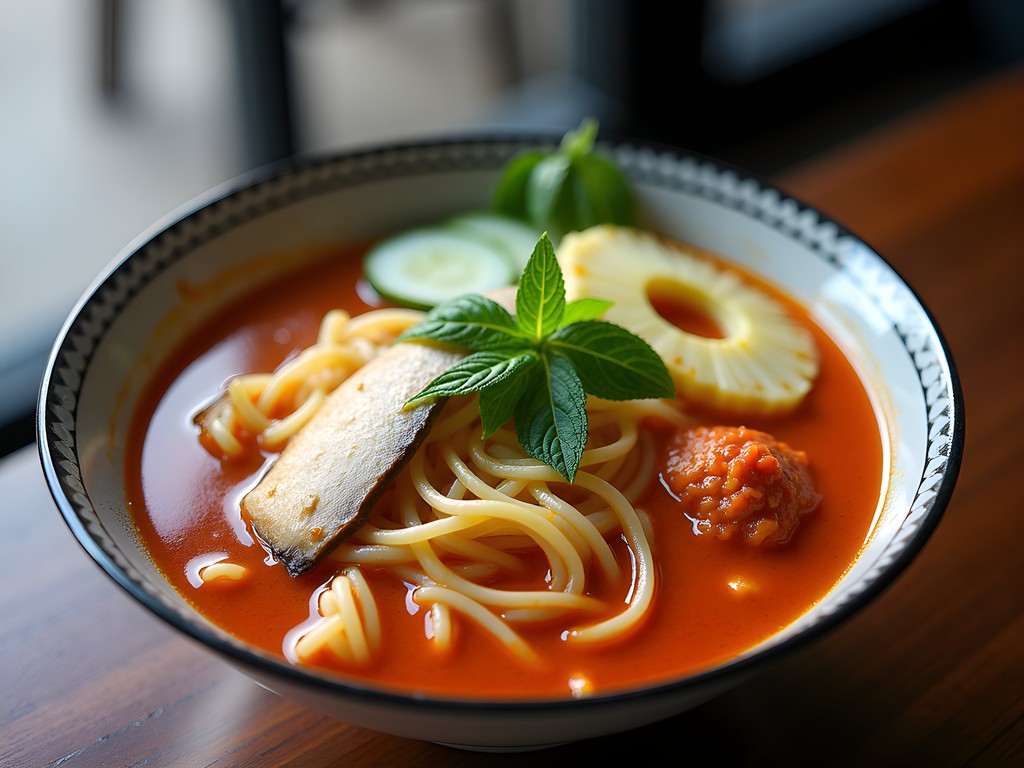
💡 Pro Tips
- Visit fusion establishments later in your food tour after establishing baseline knowledge of the component cuisines
- Order assam laksa and curry laksa side-by-side to compare the distinct mathematical approaches to flavor building
- For Nyonya cuisine, look for restaurants that still prepare rempah (spice paste) by hand rather than using commercial products
Final Thoughts
After logging 42,000 steps across three days of systematic culinary exploration, my data confirms what many travelers discover intuitively: George Town represents one of the most efficient flavor-to-footprint ratios in global street food culture. The UNESCO heritage zone functions as a perfectly optimized algorithm for culinary discovery, where centuries of cultural exchange have produced a stable yet continuously evolving food ecosystem.
What makes this destination particularly valuable is its accessibility—unlike many global food capitals that require extensive local knowledge, George Town's compact layout and visual transparency (most cooking happens in plain view) make it ideal for solo travelers seeking culinary adventure without extensive preparation. The mathematical beauty of this place lies in its organic optimization: through decades of competition and collaboration, the food landscape has arranged itself into something approaching perfection.
I encourage you to approach your own George Town food journey with both systematic curiosity and spontaneous joy. Document your discoveries, map your preferences, and allow yourself to be drawn into the beautiful cultural algorithms that make this place a true outlier in global street food culture. Your taste buds—and your data—will thank you.
✨ Key Takeaways
- George Town's UNESCO heritage zone offers one of the world's most efficient food-to-footprint ratios for culinary exploration
- The optimal food circuit combines Chinese precision, Indian complexity, and Malay uniqueness in a walkable 48-hour experience
- Systematic exploration yields better results than random sampling—focus on specialist vendors with single-item menus and long queues
- Documentation enhances the experience—track your discoveries to identify patterns in your own preferences
- The mathematical beauty of George Town's food scene lies in centuries of optimization through cultural exchange
📋 Practical Information
Best Time to Visit
year-round (slightly drier March-April)
Budget Estimate
$15-25 USD per day for food
Recommended Duration
2-3 days minimum
Difficulty Level
Easy

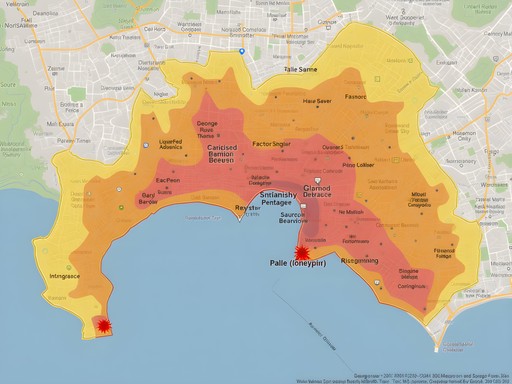


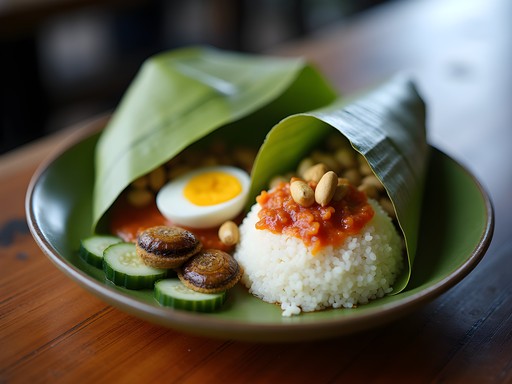
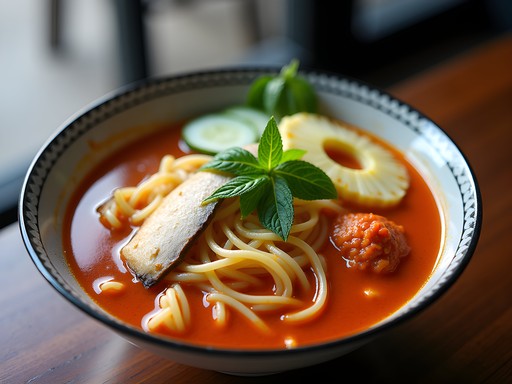










Comments
wanderlustchamp
Just got back from George Town last week and your post is spot on! The Chinese-Malay fusion dishes were my favorite - especially the Nyonya cuisine. I'd add Tek Sen on Lebuh Carnarvon to your list - their double-roasted pork is incredible. One tip for others: many of the best stalls close by mid-afternoon, so don't sleep in if you want to try everything! Also found that some hawkers take random days off, so have backup options.
happybuddy
OMG THIS POST IS EVERYTHING!!! 😍😍😍 I literally just booked my tickets to Penang after reading this!! Your data scientist approach to food hunting is GENIUS! Can't wait to try ALL the things!! Those rojak photos... drooooooling!
Sage Dixon
Your systematic approach to food exploration resonates with me! When I was in George Town last year, I actually mapped out my food adventures using the food guide which helped me discover some real hidden gems. The Indian Muslim murtabak at Transfer Road was a revelation - did you try it? I found that venturing just slightly outside the main heritage zone (like the Gurney Drive hawker center) offered equally amazing but less touristed options. Love how you broke down the cultural influences - that's exactly what makes Penang such a fascinating food destination!
wanderlustchamp
Totally agree about Gurney Drive! The satay there was mind-blowing. Did you try the durian while you were there, Sage?
Sage Dixon
I did try durian! Not at Gurney Drive but from a street vendor near Armenian Street. Let's just say it was... an experience! 😂
nomadlover
Those char koay teow pics have me drooling! Saved for my trip next year!
redbackpacker5475
Great post! I'm heading to Penang next month and food is my main priority. Did you find any specific time of day best for exploring the street food scene? And any stands that had shorter queues but were still amazing?
Avery Bennett
Morning is actually great for certain specialties like char koay teow at Lorong Selamat! Lunchtime crowds thin out around 2-3pm, and you'll find shorter lines at the Chulia Street night market if you go after 9pm when most tourists have finished eating. The Wan Tan Mee at Lebuh Chulia is rarely crowded but absolutely worth finding!
redbackpacker5475
Thanks for the tips! Will definitely try that Wan Tan Mee spot!
adventurevibes
Those food pics are making me hungry! 🤤
beachpro
Great post! Heading there next week and saving this for reference. Any specific must-try stalls?
smartblogger
Pro tip for anyone heading to George Town: download the offline map of the heritage zone before you go. Cell service can be spotty, and you don't want to miss any of these food spots because you got lost!
dreamnomad
So true! I got completely turned around trying to find that famous cendol place. Ended up at the wrong one! 😂
winterace
OMG I just got back from Penang last week and this post is giving me serious food nostalgia!! 😭 We tried following a similar route but got completely distracted by all the amazing smells and ended up just eating EVERYTHING. The char koay teow at Siam Road was life-changing!! And those little rojak fruit salad things with the shrimp paste dressing? SO WEIRD but I couldn't stop eating them! My husband still talks about the Hokkien mee soup. Wish I'd seen your systematic approach before our trip - we just wandered aimlessly and probably missed some gems!
oceanpro
Rojak is addictive! Did you try cendol too? That green jelly dessert was my favorite after hot days exploring.
winterace
Yes! Had cendol three times in four days! That coconut milk and palm sugar combo is just perfect after sweating through the heritage zone!
Olivia Sanchez
Avery, your analytical approach to street food hunting speaks to my soul! When I was in George Town last summer, I found myself overwhelmed by choices until a local guide showed me the way. The layered history in each dish is what makes Penang special - like how the Hokkien mee there is completely different from Singapore's version. I recommend everyone try the Assam Laksa at Air Itam market near Kek Lok Si temple - it's worth the trip outside the heritage zone. I tracked my culinary adventures with a food journal which helped me remember all the amazing flavors and stalls.
Venture X
Premium card with 2X miles, $300 travel credit, Priority Pass